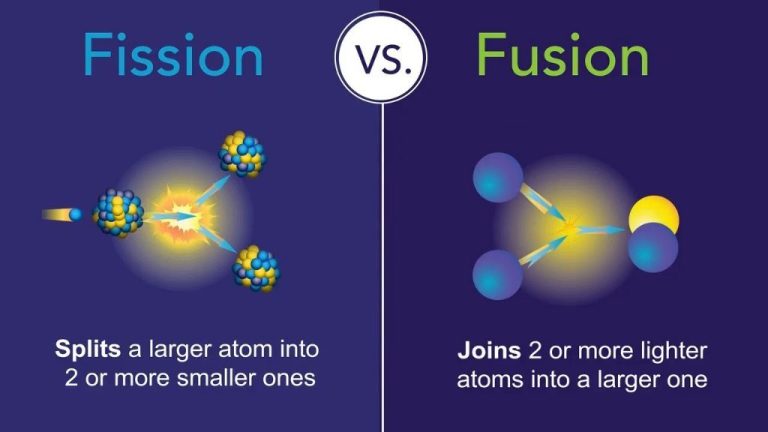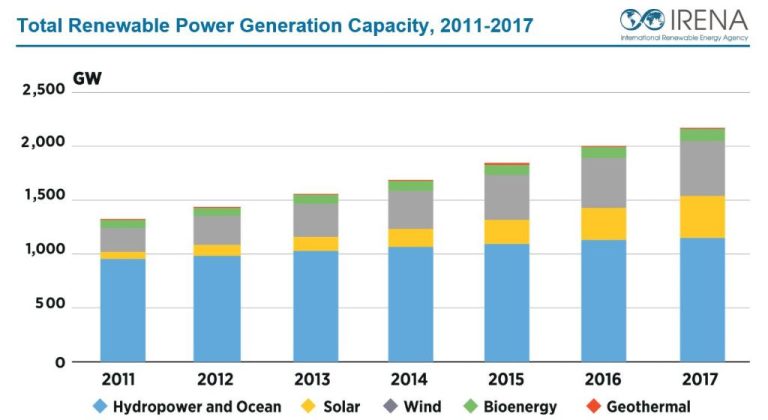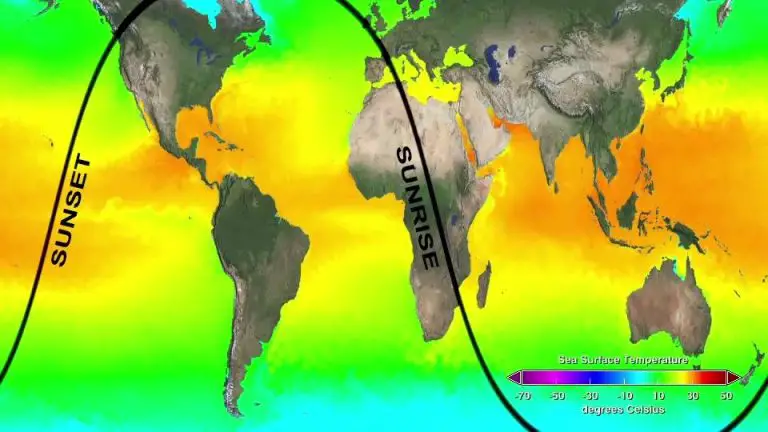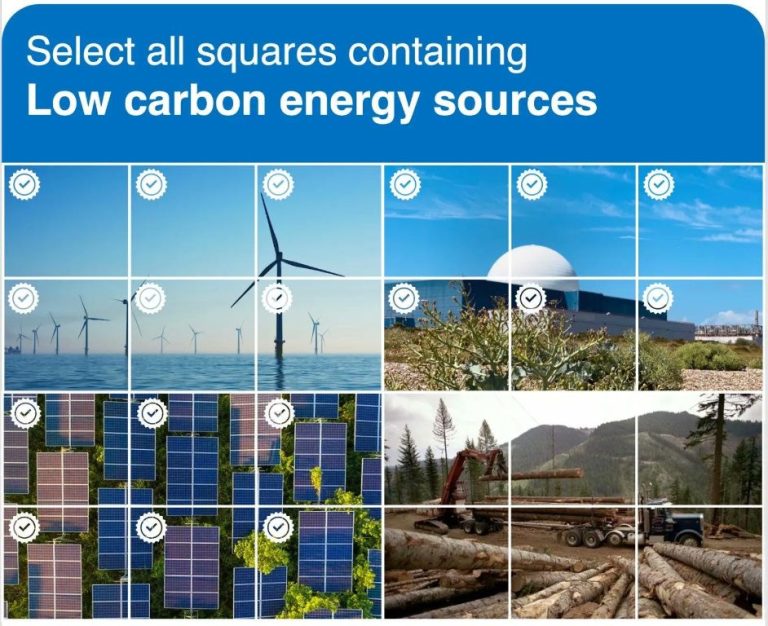Which Of The Following Is The Best Example Of Kinetic Energy Being Transformed Into Potential Energy?
Kinetic energy is the energy an object possesses due to its motion. For example, a ball rolling down a hill has kinetic energy. Potential energy is stored energy an object possesses due to its position or shape. For example, a ball sitting at the top of a hill has potential energy.
Understanding the relationship between kinetic and potential energy is an important concept in physics. This relationship allows us to predict how energy will be transferred between different forms in a system. Many real-world examples involve the transformation of kinetic energy into potential energy and vice versa.
Roller Coaster Example
A classic example of kinetic energy being transformed into potential energy is a roller coaster. At the top of a hill on a roller coaster track, the roller coaster car has a maximum amount of kinetic energy due to its speed. As the car travels down the hill, this kinetic energy is transformed into gravitational potential energy. The potential energy builds as the car rolls down the hill and loses speed due to gravity pulling it downward. At the bottom of the hill, the potential energy is at its maximum, and the kinetic energy is at its minimum. This potential energy is then transformed back into kinetic energy as the car speeds up going down the next slope, continuing the cycle of energy transformation.
Pendulum Example
A classic example of kinetic energy transforming into potential energy can be seen in a pendulum. At the bottom of its swing, the pendulum bob has maximum kinetic energy as it is moving at its fastest velocity. As the bob swings upwards, this kinetic energy gets transformed into gravitational potential energy. The higher the bob swings, the more potential energy it gains as it moves further against the force of gravity. At the very top of its arc, the bob has maximum potential energy and no kinetic energy as it momentarily stops before swinging back down. As it swings back down, the potential energy transforms back into kinetic energy until it reaches maximum velocity again at the bottom. The repetitive swing of the pendulum demonstrates how its kinetic and potential energy continuously convert between each other with each oscillation.
Bow and Arrow Example
A bow and arrow provides a clear example of kinetic energy transforming into potential energy. When the archer draws back the bowstring, they are doing work to bend the bow. This effort transfers energy into the bent limbs of the bow, which is now storing elastic potential energy. The farther back the bowstring is pulled, the more potential energy builds up.
Once the archer releases the bowstring, this potential energy is converted into kinetic energy as the arrow speeds forward. The potential energy stored in the bent bow limbs is transferred into the kinetic energy of the arrow in motion. The arrow will then fly forward, pushed by this kinetic energy until it hits the target. So in the case of a bow and arrow, the act of drawing back the bowstring represents kinetic energy being transformed into potential energy, which is then released back into kinetic energy when the archer lets go.
Hydroelectric Dam Example
One of the best examples of kinetic energy being transformed into potential energy is in a hydroelectric dam. Dams are built to block flowing water, usually in a river, which causes a large reservoir of water to build up behind the dam. The water that builds up has gravitational potential energy because of its height above the bottom of the dam. When the dam operators want to generate electricity, they open gates in the dam which allows the stored water to flow down through the dam. As the water flows downward through pipes in the dam, it gains kinetic energy from the motion and speed of the falling water. The moving water causes turbines located in the dam to spin. The kinetic energy of the spinning turbines is then converted into electrical energy by generators. So the potential energy of the water stored behind the dam is converted into kinetic energy as it falls downward, which is then captured by turbines and converted into electricity.
Bouncing Ball Example
A classic example of kinetic energy transforming into potential energy is a bouncing ball. As the ball falls towards the ground, it has kinetic energy from its downward motion. When the ball hits the ground, it compresses and squishes, like a spring. This compression stores elastic potential energy in the ball. As the ball compresses, its kinetic energy from moving downwards is transformed into potential energy stored in the deformation of the ball. This potential energy is proportional to how much the ball squishes when it hits the ground.
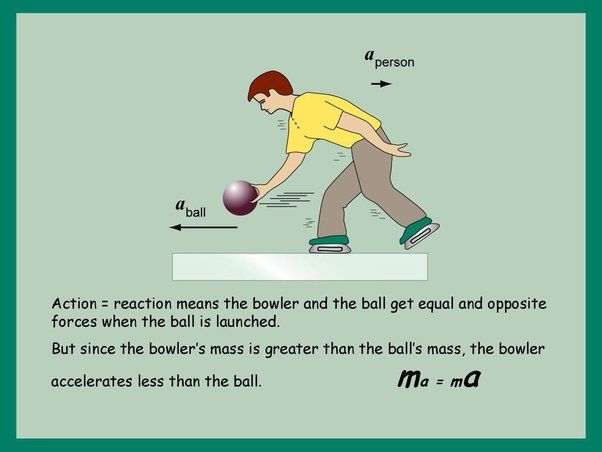
After the ball reaches maximum compression, the potential energy stored in the deformation is transformed back into kinetic energy as the ball bounces back upwards. The potential energy is released as the ball expands again to its original shape, giving it kinetic energy to bounce upwards. This kinetic energy continues decreasing as the ball rises upwards while gravity pulls it back down. The process repeats again as the ball hits the ground for the next bounce. The bouncing transforms kinetic energy to potential and back again in a cyclic fashion.
Mass on a Spring Example
A common example of kinetic energy transforming into potential energy is a mass oscillating on a spring. When the mass is at the bottom of its swing, it has maximum kinetic energy as it is moving at its fastest velocity. As the mass begins to move upwards, it starts to compress the spring, slowing down as it transfers its kinetic energy into potential energy stored in the compressed spring. At the top of its swing, the mass comes to a momentary stop as all of its kinetic energy has been transformed into spring potential energy. As the spring starts to expand again, this potential energy transforms back into kinetic energy, accelerating the mass back downwards. This oscillation between kinetic and potential energy continues until friction dissipates all the energy.
Trebuchet Example
A trebuchet is a catapult-like siege engine that was used in medieval warfare to hurl heavy payloads at enemies’ fortifications. When a trebuchet is loaded and ready to fire, potential energy is stored in the beam and sling that make up the throwing arm.
Specifically, the long beam is pulled down and locked in place. The sling, which holds the projectile, is affixed at one end of the beam and stretched backwards. At this point, the trebuchet is full of potential energy, like a coiled spring ready to release its energy.
When the trigger is released, the beam swings rapidly upwards, pivoting on an axle. The potential energy stored in the beam is transformed into kinetic energy as it swings. At the end of the beam’s arc, the sling releases the projectile. The kinetic energy that was built up in the moving trebuchet arm gets transferred to the projectile, launching it towards its target.
This demonstrates the conversion of potential energy in the loaded trebuchet to kinetic energy in the swinging arm, showcasing how potential energy can be converted into kinetic energy.
High Jump Example
One example of kinetic energy transforming into potential energy is during a high jump competition. As the athlete sprints towards the high jump bar, they gain kinetic energy from the motion of running. Just before takeoff, the athlete will bend their knees and swing their arms down, which converts the kinetic energy from running into potential energy stored in their muscles. At the lowest point of the jump, the athlete will spring upwards and unfold their body. This transforms the stored potential energy in their muscles back into kinetic energy that propels them upwards over the bar. At the peak of the jump, the athlete will have maximum potential energy from their elevated position, before gravity accelerates them back down and reconverts potential energy into kinetic energy.
Conclusion
In this article, we looked at various examples of how kinetic energy can transform into potential energy. When a roller coaster reaches the top of a hill, its kinetic energy is transformed into gravitational potential energy. As a pendulum swings upwards, its kinetic energy decreases while its potential energy increases. When an archer draws back the string of a bow, elastic potential energy builds up until the arrow is released. At hydroelectric dams, the kinetic energy of falling water is converted into electrical potential energy. A bouncing ball temporarily stores kinetic energy as gravitational potential energy at the top of its bounce. The same is true for a mass oscillating on a spring. In a trebuchet, the kinetic energy used to swing the throwing arm is converted into potential energy that is imparted to the projectile. And when a high jumper runs up and leaps into the air, their kinetic energy transforms into gravitational potential energy at the apex of their jump.
As we’ve seen, there are many examples in real life where kinetic energy and potential energy interchange between different forms. Understanding this transformation between kinetic and potential energy is key to explaining how many mechanical systems function.

